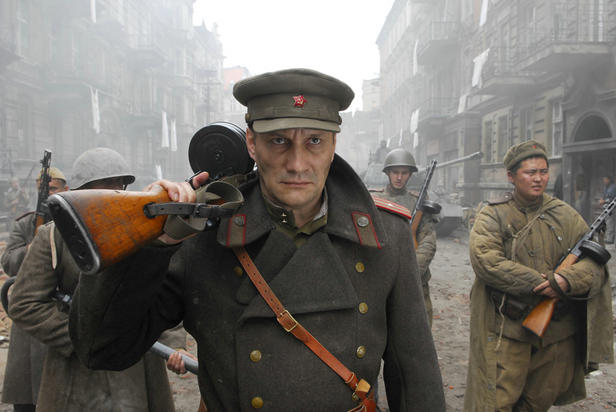Studying History through Film: A Reflection


By Adam J. Ring
Over the course of the Fall 2018 semester, my classmates and I engaged in a focused study of World War II using film as the primary vehicle for historical insight and interpretation. The learning that has occurred from day one up to the last meeting cannot be understated: I now approach films, and historical films in particular, much differently. I wrote fourteen reviews, one for each assigned film, analyzing movies about World War II, mainly concerning myself with questions surrounding the extent or lack thereof of historical accuracy. This piece will attempt to synthesize everything learned over the past fifteen weeks and offer some takeaways about the importance of historical film and what it is able to offer that other mediums cannot.
Movies are not texts; they are often two hours or less and utilize sound and imagery to convey a message. This has both pros and cons: movies are logistically limited in what they can show; after all, it is very difficult if not entirely impossible to capture the same amount of information in a movie that a book about the same topic might contain. Yet, that analysis is very surface-level, because it prioritizes breadth over depth. Books have the ability to cover every little minutiae and can take hundreds of pages meticulously describing out every detail. Films, on the other hand, are time-constrained, and thus must make sacrifices. Sometimes these sacrifices omit important information that books or other mediums could have better portrayed; but other times they allow for interesting interpretations, and actually enhance the quality of the history that is told.
Robert A. Rosenstone, Professor Emeritus of History at the California Institute of Technology, offers some insight that highlights the advantages films have over other forms of distribution. He explains that “the ability to elicit strong, immediate emotion…[is] no doubt the practice that most clearly distinguish[es] the history film from history on the page” (Rosenstone 15). This simple statement carries with it a great deal of truth. No matter how brilliantly-worded the language is, printed books simply cannot compete with advanced camera work, where directors are literally able to show their audiences scenes that cannot be adequately expressed in words. Reading about European Jews being executed is not the same as watching it on the screen. Reading about men dying from freezing weather on the Russian fronts does not have the same impact as watching it. The point here is simple: movies offer two things books cannot and will never be able to offer: image and sound. Film has the ability to recreate the past in a way that can bring its audience closer to the truth, which is ultimately the paramount purpose in historical movies.
Many of the movies assigned this semester contained similar themes, and asked questions dealing with assessing where blame should lie, and who some of the biggest losers of the war were. Books can often brush past some of the most controversial issues, or, if they do tackle them, it is just printed text on a page. Movies, on the other hand, offer something much greater: the director can use metaphors and other symbolic imagery to convey a central message, and can avoid censorship by employing clever tricks that hint at possible controversial opinions, but carefully hide them in the fabric of the movie.
There is a constant struggle between assessing what makes a good movie versus what makes a good historical movie. This distinction is an important one, because movies can be theatrically and graphically fantastic, but they fail to be good historical movies unless they use what is on the screen to convey some bigger message. Rosenstone notes that “significant works have been created – films that provide knowledge of, insight to, and interpretation of the lives of individuals; films that let us see, hear, and understand a great deal about not only the person but, in many cases, his or her historical milieu” (Rosenstone 82). I like that Rosenstone comments that movies have a particular ability to help us learn about a person’s milieu, or social environment. It is not enough to create a plot and include characters; what is far more important is to situate characters in an environment that invites critical analysis and commentary, something that good movies of history try to accomplish.
All of this being said, watching and analyzing historical movies has an even larger and nobler purpose, because through the practice of studying film, we are able to sharpen our “historical lenses” and ultimately become better citizens of a democratic society situated within a multicultural world. The skills I have learned after watching and reviewing these movies helped bolster my appreciation for the past, but more importantly, it taught me to critically examine everything I see, because it is through analysis and deliberation where the truth begins to emerge.
Adam J. Ring is a junior majoring in Integrated Social Studies Education with a minor in History.